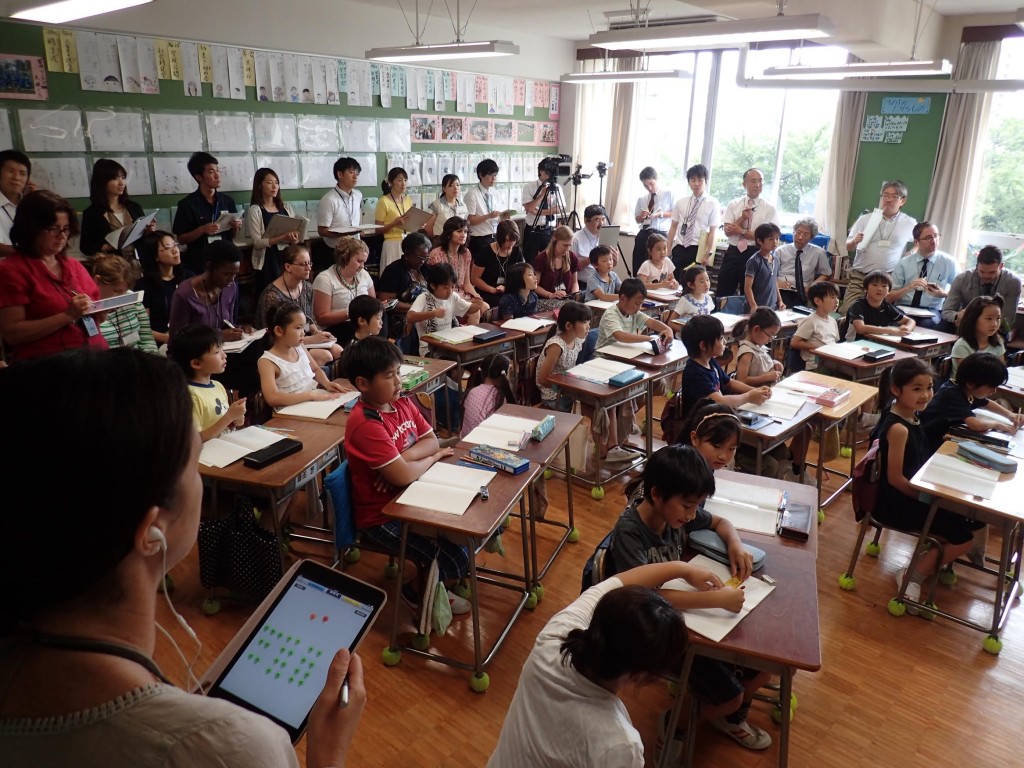لكل بداية ناجحة نهاية ناجحة أيضاً، والمعلم الخبير تنتهي حصته مع انتهاء الوقت المقررلها، حيث يُحضر لها مسبقاً استراتيجيات عمل حسب الموضوع وإمكانيات الطلبة والموارد المتاحة، فلا يرن جرس الحصة إلا والمعلم قد أنهى عمله فيها مستعداً للمغادرة، وكما نعلم لا توجد حصتان متشابهتان تماماً؛ فكل حصة لها إيقاعها الخاص بما يتناسب مع موضوعها ومحتواها، ولكن يجب أن تنتهي كل حصة عند نقطة معينة، فبعض الحصص من الأفضل أن تنتهي مثلما تنتهي بعض الكتب التي يعد فيها الكاتب بأن البقية تتبع، حيث لا تكون غطت الحصة جميع أفكار ومفاهيم الموضوع المطروح في الحصة، بينما هناك حصص من الأفضل أن تنتهي بغلق معين ونهاية تساعد الطلاب في مراجعة الخبرة الحديثة التي اكتسبوها.
وهنا يمكن الاستعانة بهذ الاستراتيجيات:
استراتيجية الجمل المعبرة عن نتاج
تستخدم عندما يكون إدراك الطالب لمجموعة من المفاهيم مُهماً لدرس اليوم بشكل خاص. وتكون على شكل جمل يكتبها الطالب بعد التأمل في الدرس أو تجربة ما. تبدأ بعبارات مثل … تعلمت … دهشت… بدأت أتساءل. والغرض منها: أن تُساعد الطالب على تكوين تعلم ذي معنى… وأن تُساعدهم كذلك على اكتساب عادة التعلم عن طريق الخبرات.
استراتيجية اختبار المراجعة
وتسمى أيضاً هذه الاستراتيجية بـ “التقويم الختامي” وفيها يسأل المعلم سلسلة من الأسئلة حول المادة التي تم شرحها، ويكتب الطلاب جواباً لكل سؤال، بعد ذلك يُعلن المعلم الإجابة الصحيحة إما شفوياً أو كتابةً بعد كل سؤال. وهنا الغرض منها هو أن يُراجع جميع الطلبة المادة الدراسية، وأن يُصححوا أخطاءهم. كما تهدف هذه الاستراتيجية الى تزويد الطلبة بخبرات ناجحة في عملهم المدرسي.
كما يُمكن استخدام اختبار المراجعة في بداية الدرس لمراجعة الدرس السابق، أيضاً يُمكن استخدامها في منتصف الحصة. لمعرفة أين وصل الطلاب في سير تفكيرهم.
استراتيجية مراجعة الأداء المفضل والأداء الذي يحتاج الى تحسين
وهي مراجعة الطلاب لسلوكهم الجديد، موضحين الأشياء التي أحبوها فيه، وما يمكن عمله بشكل مختلف في وقت آخر. والغرض منها: أن يتعلم الطلاب كيف يُراجعون ويُقيمون أعمالهم بشكل بَناء وبذهن متفتح.
ويتم تطبيقها بطلب المعلم من الطلاب أن يفكروا بما فعلوه أو لم يفعلوه في الحصة، ويكتبوا جملاً مثل: “أحببت الطريقة التي عبرت بها عن نفسي”. ومن المفيد أن نؤكد على الطلاب أن يكتبوا أي شيء قد يفعلونه بشكل مختلف في المرة القادمة. والغرض الرئيسي منها هو أن نُوَفر للطلاب التدرب على مراجعة خبراتهم بشكل بناء وبتفكير عميق، لأنه يحرك لدى الطلاب مواهبهم وتقديرهم لأنفسهم بشكل أفضل، ويذكرهم أيضًا انهم ليسوا بحاجة لأن يعيدوا الممارسات الماضية وهم قادرين على العيش والتعلم، معدلين سلوكهم بعقلانية وتعقل.
استراتيجية بطاقات الأفكار والمشاعر
ملاحظات ويقوم الطلاب بإعدادها دون أن يذكروا أسماءهم بالعادة تتعلق بأفكارهم أو مشاعرهم الشخصية الموجودة حالياً بوعيهم وإدراكهم. لتعزيز الوعي الذاتي السليم لدى الطلاب وأيضاً عندما يتبادل الطلاب ملاحظاتهم بهدف بناء علاقات بين المجموعات تقوم على الاحترام، وأحد شروط نجاح هذه الاستراتيجية توفر مناخ صفي يشعر الطالب به بالطمأنينة حتى يكتب مشاعر وأفكار صادقة.
أهداف الإستراتيجية:
- يساعد الطلاب على التعلم الفروق بين الفكرة والشعور.
- توفر الفرصة الآمنة للطلاب التنفيس عن مشاعرهم.
- تعزيز الوعي الذاتي والقبول الذاتي لدى الطالب، حيث أنه إذا تم استخدامها من وقت إلى آخر بمعدل مرة كل 3 أو 4 أسابيع.

